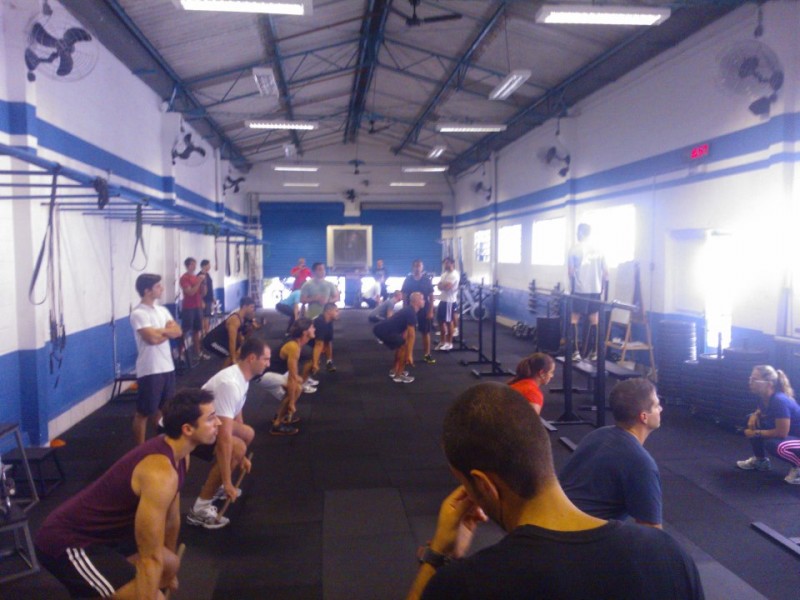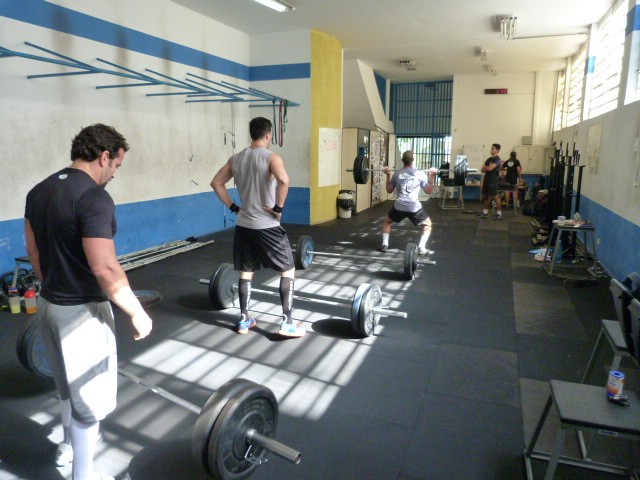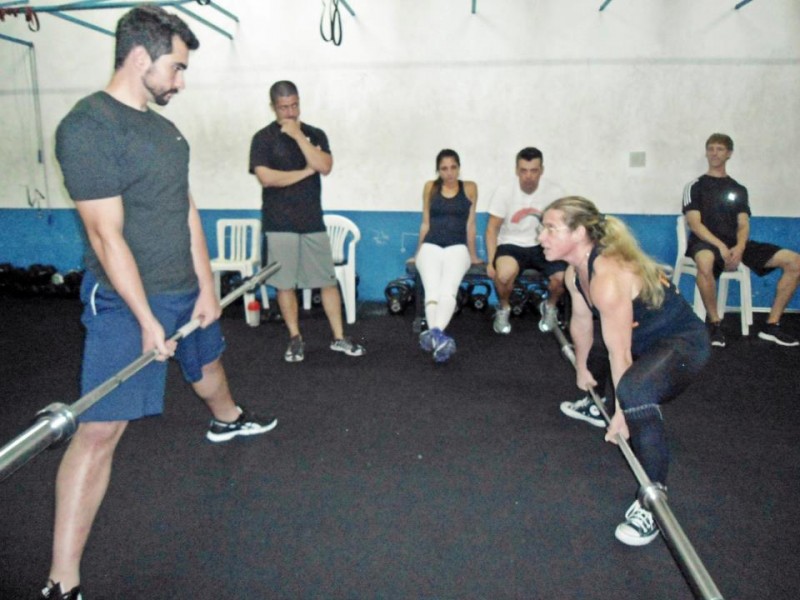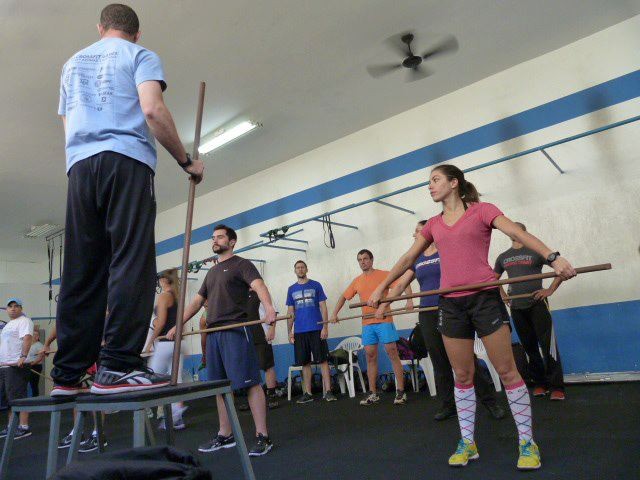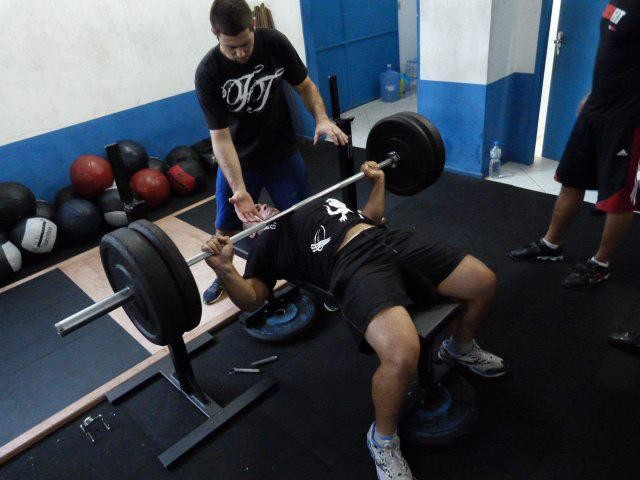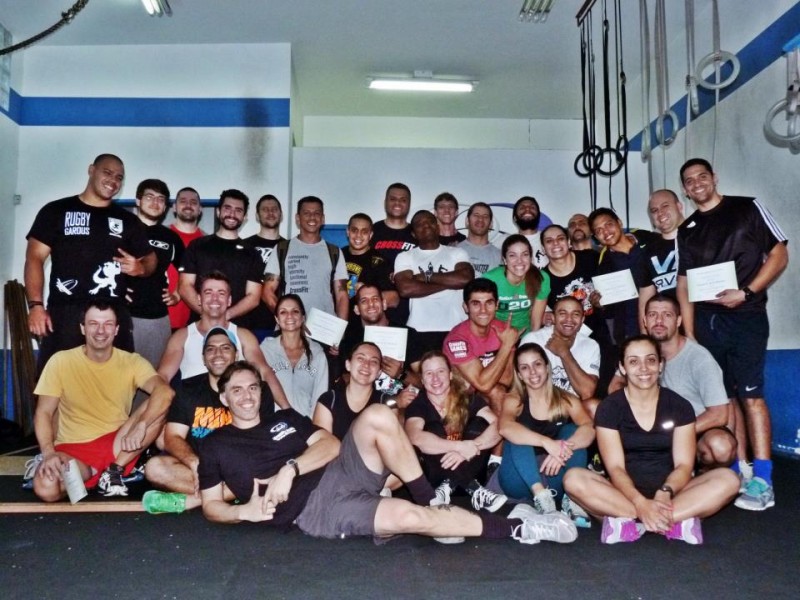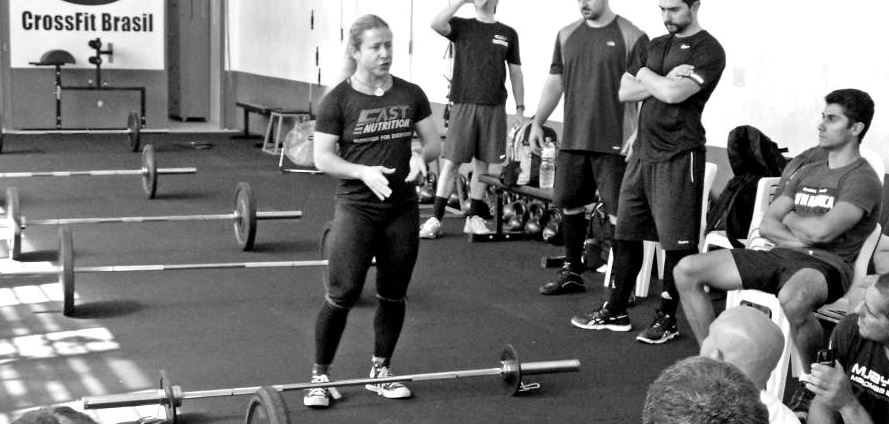
My original intellectual home is not sports science. That came years after I was already a senior scholar who decided to take a “long sabbatical” (ending now, ironically).
As anyone who is a foreigner to a certain discipline, I had an outsider view. This perspective has pros and cons, like everything. Some of the big advantages are the innovations you can generate with cross-disciplinary approaches. Not being a “native” but being open to what the natives know is powerful. It was how molecular biology emerged, among other things.
The proverbial bridge between science and practice was never that solid in coaching. My colleagues from the sports science have sets of tools that I acquired later and in a disorganized manner. They also had professors and mentors – I never had any. The great disadvantage is having to make avoidable mistakes as you learn. I made all of them experimenting on myself. I learned, I managed to produce performance but I also managed to produce a lot of injuries.
For about 4 years I programmed strength training for free (great way to learn), coached one-on-one or small groups but most of all, I wrote. To write technical content, I had to review the literature. Around 2010, I started to be invited to teach graduate courses on strength training topics in a few minor colleges. I thought it didn’t make sense to teach all that conceptual content with no practice. That was when I started teaching the lifts to large groups of 30 or more students. After that, there was a lot of demand from local universities for courses or seminars and I never knew what equipment I would find. Learning to improvise was a big part of this stage.
By then I had already translated (from English to Portuguese) at least three different powerlifting rulebooks and judged regularly.
Having to teach groups of 30 with limited equipment inspired me to create the “stations” model that I adapted to “odd object training” (based on Strongman) and grip training, years later: the class would be divided into 5 groups, each one in one station. Each station had a script of tasks and an equipment set.
In 2010 I befriended a Crossfit and Olympic Weightlifting coach, Joel Fridman, and we “cross-coached” each other for a while. It was during those slow hours of cross-coaching that we came up with the “five-lift course”. We would teach the powerlifts and the Olympic lifts in the same weekend (and in the same day, both days), as an integrated approach to strength. The box had a good supply of equipment, we capped the course to 35 students that would be there 10 hours each day during the weekend. After a 2-3h conceptual class, it was hands-on only.
Finally, I had enough equipment, a colleague and we didn’t need stations anymore: everyone would be doing the same tasks at the same time in 5 different settings. We divided the class by height because of the squat racks and kept them in those groups until the end of the course.
We taught four editions of this course in 2012. That meant having over 100 people spending 20 hours learning the five lifts with us. That is a lot of different body types, skill levels and backgrounds. Most of them were coaches seeking a proper understanding and learning of the lifts to use in their own work. They were mostly Crossfit coaches, fights coaches (jiu-jitsu and MMA, predominantly) personal trainers, soccer coaches and a bunch of other scattered interest groups: two physicians, about half a dozen physiotherapists, and then “people” (that included engineers, one physicist, marketing professionals, athletes, among others I don’t recall).
Sadly, my friend got sucked by other priorities and the five-lift course ended. From 2013 to 2016, I developed and taught my own strength training program, always in partnership with Crossfit boxes. I had a small revolving team of instructors with me. I went from one to eight different courses and was heading towards creating a graduate program based on them when I left Brazil. I’ll write more about them in the next weeks.
Teaching/coaching people “intensively” (for 10h or 20h) is different from having your athletes or clients for a long time, but whom you personally interact with 6h/week at the most and almost never more than 2h per session. It is exhausting. It is also the best way to learn how to coach: you have to handle the same challenge, and each student is a different teaching/coaching challenge, for 20 hours. There’s a lot I would never have learned without this experience.









